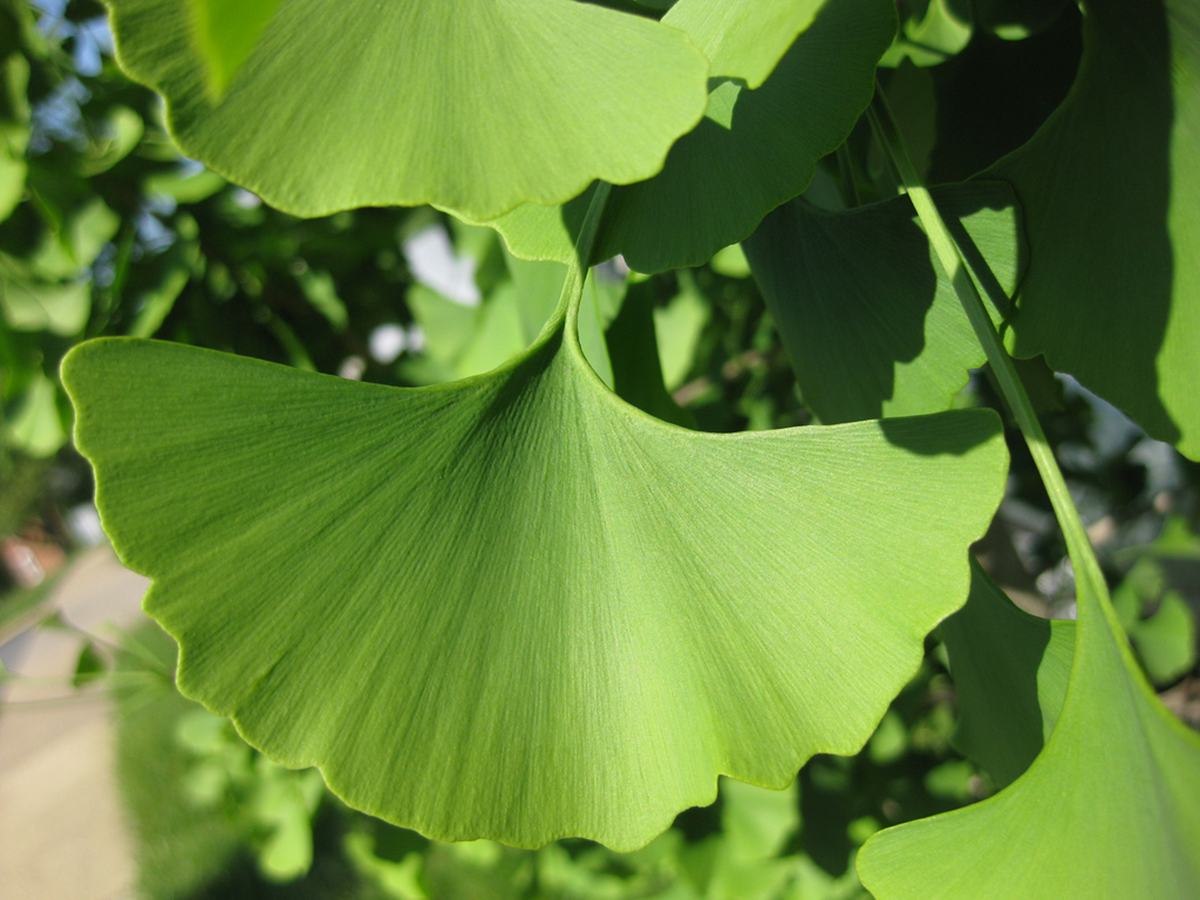


The ventricle is the pumping chamber that, with each muscular contraction, pushes the blood forcefully out and into the lungs (right ventricle) and the rest of the body (left ventricle). The thin-walled atrium on each side bulges as it fills with blood, and as the lower heart muscle relaxes, the atrium contracts and squeezes the blood into a second chamber, the thick muscular ventricle. The right atrium receives incoming deoxygenated blood from the body and the left atrium receives incoming oxygenated blood from the lungs. The top chamber on each side is called the atrium. Each side of the heart has two chambers or compartments. The heart actually has two separate sides, one designed to pump deoxygenated blood into the pulmonary circulation where the blood becomes oxygenated, and one designed to pump the oxygenated blood into the systemic circulation where the blood flows throughout the body. The blood vessels in the pulmonary circulation carry the blood through the lungs to pick up oxygen and get rid of carbon dioxide, while the blood vessels in the systemic circulation carry the blood throughout the rest of our body. The heart connects the two major portions of the circulation’s continuous circuit, the systemic circulation and the pulmonary circulation. The blood flow around our body is called our circulation. The muscles in the heart are very strong because they have to work harder than any of the other muscles in our body, pushing the blood to our head and feet continuously. The heart is really a muscular bag surrounding four hollow compartments, with a thin wall of muscle separating the left hand side from the right hand side.

Impossible? Yet this is exactly what the heart can do in our bodies. Imagine a simple machine like a water pump working for perhaps 70 or more years without attention and without stopping. The primary function of the heart is to pump blood through blood vessels to the body’s cells. The lymphatic system, on the other hand, is an open system providing an accessory route for excess interstitial fluid to get returned to the blood. The more primitive, diploblastic animal phyla lack circulatory systems. While humans, as well as other vertebrates, have a closed cardiovascular system (meaning that the blood never leaves the network of arteries, veins and capillaries), some invertebrate groups have an open cardiovascular system. This system may be seen strictly as a blood distribution network, but some consider the circulatory system as composed of the cardiovascular system, which distributes blood, and the lymphatic system, which returns excess filtered blood plasma from the interstitial fluid (between cells) as lymph. to and from cells in the body to nourish it and help to fight diseases, stabilize body temperature and pH, and to maintain homeostasis. The circulatory system is an organ system that permits blood and lymph circulation to transport nutrients, oxygen, carbon dioxide, hormones, blood cells, etc. Figure no 10……………………………pulmonary and systemic circulation.the path of the typical RBC through heart The path of the blood through the circulation.


 0 kommentar(er)
0 kommentar(er)
